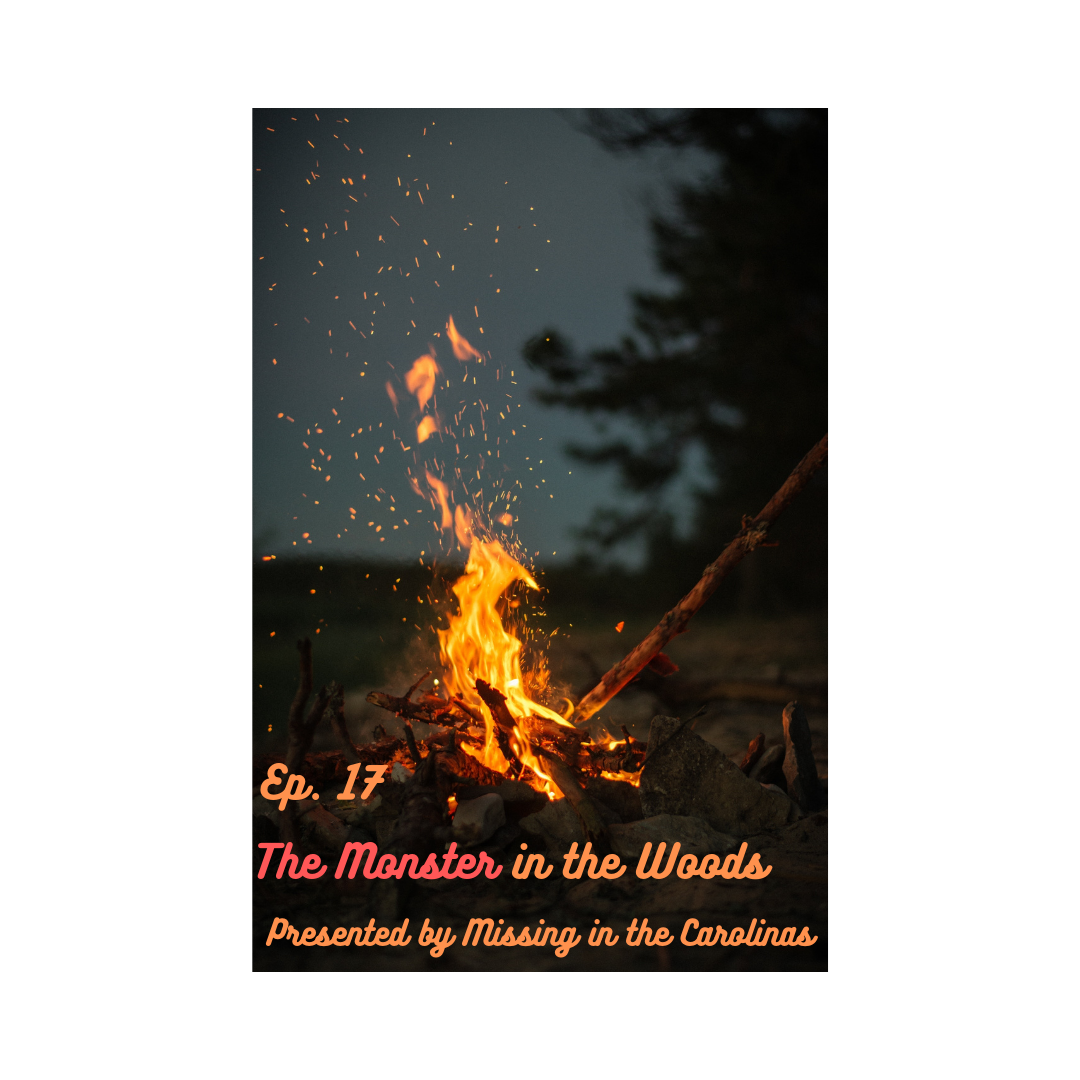
Find Your Voice This Fall
| The month of October is always fun, as we break out our fall layers, toast s’mores, carve pumpkins, and figure out if we’re going to partake in the Halloween fun or simply hand out the candy. While you’re contemplating the perfect costume, why not consider trying out a new voice with your writing?I’ve always been a huge fan of the TV show Unsolved Mysteries. From the opening notes of the foreboding theme song to the unmistakable sound of host Robert Stack’s voice saying, “Perhaps, YOU can help solve a mystery . . .” I swear chills went up my spine at the beginning of each episode. I thought about his voice when creating the tone for my own true crime podcast, and developing your own unique voice is an essential part of writing. |
| Several years ago, I read about a case in the 1970s where three young Girl Scouts were brutally murdered in the middle of the night during a campout. Authorities believed they had caught the killer, but the suspect was acquitted during the trial. He died in prison a few months later on unrelated charges without the case ever being solved. I decided to write a short horror story based on this case. I chose to write it from the third person point of view, with snippets that shared the killer’s thoughts sprinkled throughout, so the reader could get a sense of how he had been treated by his childhood classmates, which contributed to his inner rage and self-loathing. I took the story, “The Monster in the Woods,” and then turned it into a bonus episode of my podcast, complete with foreboding sound effects like rumbling thunder, and channeled a voice I hoped would be reminiscent of a spooky campfire tale. That story received second place honors in the genre short story category of the 2022 Writer’s Digest Annual Writing Competition. But finding my voice in different stories and writing projects hasn’t always been easy. Years ago, I attempted a middle-grade novel told from the POV of a ten-year-old girl. I failed to nail the voice, and after a few rejections from the industry, gave up on the manuscript. I kept writing. Two years ago, I completed a draft of a thriller novel during NaNoWriMo. That novel tells the story of a podcaster trying to solve her older sister’s disappearance. I wanted to use a variety of voices in the book, including transcripts of podcast episodes told by different “survivors,” the missing sister’s diary, their aunt who raised them, and even an “unknown” antagonist. As you can guess, this was not an easy task, and making sure each of these voices are unique will make up the bulk of my revision process. But I’m up for the challenge! How about you? Here are three tips to help you find your own unique voice in storytelling: 1. Read many different genres to get an example of use of voice. I used examples from historical fiction The Last Ballad and All the Bright Places, a contemporary young adult novel, in this blog post about voice. I’ll Be Gone in the Dark, Michelle McNamara’s book about her hunt to discover the identity of California’s Golden State Killer, is a great example of voice in nonfiction. 2. Study real-world examples. Writing a book with a ten-year-old boy as the narrator? Interview someone that age or make an audio recording of a conversation with him to get a feel for his tone, vocabulary, and sentence structure. This works across the board, such as writing from the perspective of a southern woman from Georgia. 3. Decide early on whether you will tell the story from a first-person or third-person point of view. First person will require a more distinct pattern of “speaking” and writing, but that’s not always feasible. No matter what you choose, maintain a consistent voice and ask beta readers keep a sharp eye out for whether or not they are connecting with the voice you are trying to convey. |
